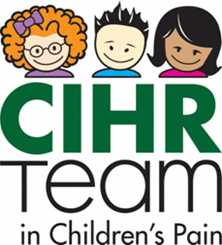Exerpt from CAPHC website:
Chronic pain in children is a common and serious health problem due to its complex nature and can result in significant disability. A sub-group of children with recurrent and persistent pain (5-10%) will develop significant pain related disability that increases with age. The most common pain conditions in children are headaches, abdominal pain and musculoskeletal pain. Despite the relatively high prevalence of chronic pain in children and its significant physical, psychological, social and economic impact on children and their families, it is often under-recognized and under-treated by clinicians. The first step in the management of chronic pain is conducting a comprehensive pain history. The treatment of chronic pain involves the use of a range of psychological, physical and pharmacological interventions. Pain is a bio-psycho-social phenomenon and hence a multi-disciplinary, multi-modal approach that incorporates the 3 P’s (physical, psychological and pharmacological interventions) is likely to be most effective. Treatment should also address pain-related disability with the goal of maximizing functioning and improving quality of life. This approach includes specific treatment targeting possible underlying pain mechanisms, as well as symptom-focused management addressing pain, sleep disturbance, anxiety, or depressive feelings.
Join us as we explore such questions as:
- What is chronic pain?
- How is chronic different from acute pain?
- What is the epidemiology of chronic pain in children?
- What is the impact of chronic pain on the child, family and society?
- What is involved in a comprehensive pain assessment?
- What are the important elements in the treatment of chronic pain in children in terms of pharmacological, physical and psychological strategies?

